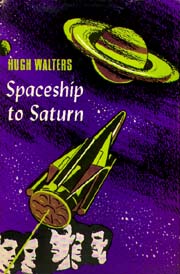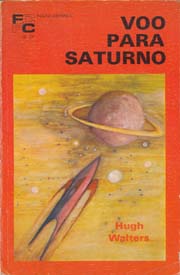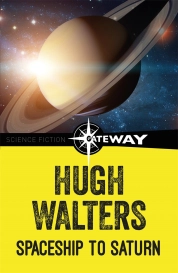Spells on the Slab
ARTHUR MARSHALL
Spaceship to Saturn by HUGH WALTERS
Faber 16 s
Writers of space-fiction must, one does see,
keep several jumps ahead of actual current
achievement. In Spaceship to Saturn, flights
to the moon and the nearer planets have be-
come chicken-feed to Chris and his chums
Serge (from Murmansk), Morrey and Tony
and now it's heigh-ho for Saturn and those
pretty rings. The problem of communica-
tion en route is solved by including one of
the Patrick twins who are the happy posses-
sors of Instant Telepathy but in other ways
geared to reality (living in a bungalow at
Chislehurst). And for the nine-months jour-
ney through space there is hypothermia, a
process which deep-freezes the travellers in
their cabin where they remain as immobile
and undemanding as a carton of fish
fingers.
After the absorbing preparations for the
trip ('Gosh, we've missed lunch') and a hy-
pothermia try-out ('Would one of you care
to have another short spell on the slab?'),
they duly blast-off from the spaceport at
Lunar City ('I still don't like the local food'),
the astute Sir George Benson prudently
directing proceedings from a building in
Theobalds Road. The expedition is, need
one add, entirely successful but with
moments of danger (a ripped hull) and
drama (failure of lateral rocket) that are
going to appeal greatly to youngish
readers.



